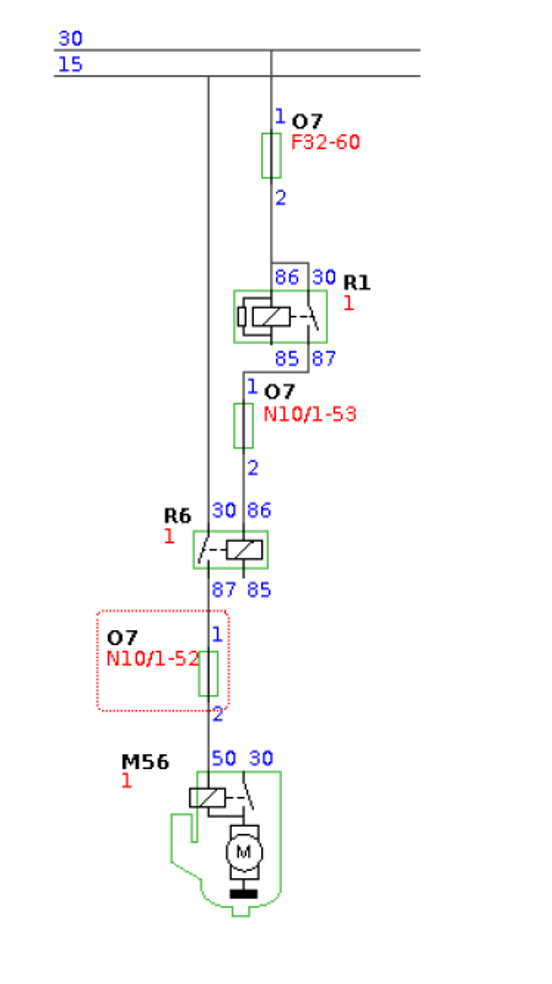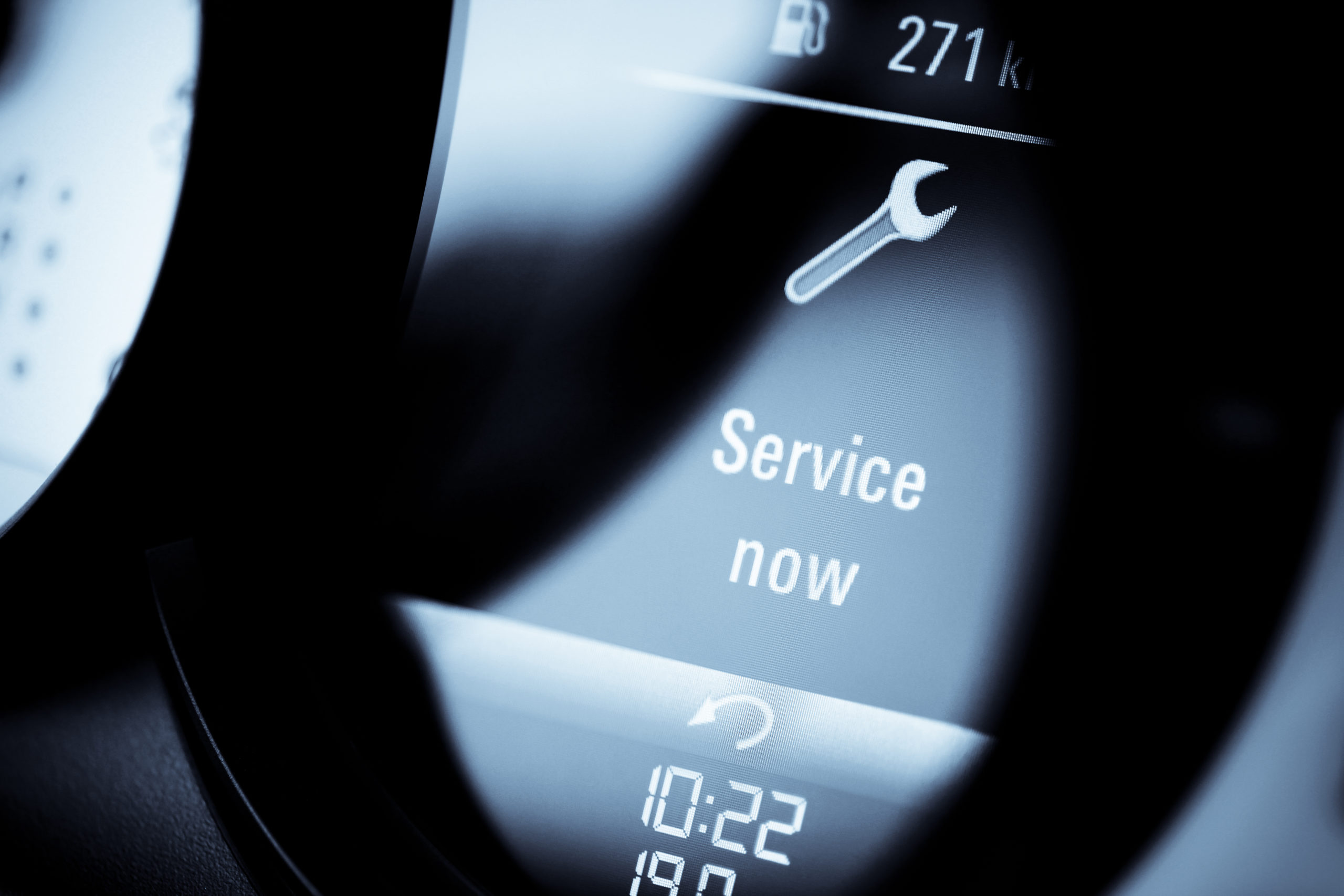Even the most experienced technicians shake their head with despair at the sight of a Mercedes being unloaded from a tilt tray in the shop driveway. They are a nice car, they drive well, stop well and handle like a Mercedes should. It’s just when they fault…..they are just so complex!
This C220 is a clean, low km (sub 50k) CRD engine with a perfect service history. One owner, and only driven to church on Sundays…..you get the picture. The customer has stated that it has never missed a beat before today – it’s a Mercedes after all.
Confirm the Fault
The customer has not lied when explaining the problem to you – just maybe not the whole story. The engine won’t start because it won’t crank – not a click, buzz, or growl from the engine bay. All the usual indicators and lights are displaying on the instrument cluster – the engine will not turn.
Possible Causes
The list of possible causes for a no crank symptom on a Mercedes is far greater than the same list on a Toyota – so you need to think clearly and linearly about this one. Anything from a crook battery, seized engine, failing immobiliser or even a crashed network could be to blame.
Battery test / Visual Inspection
All good here. The battery passed with flying colours, the crankshaft is free, and the engine oil is clean and fresh
DTC retrieval
Running a DTC retrieval (quick test) may help solve this problem – or at least cull the list significantly – or not. The DTC list (both current and pending) is longer than the after-school Macca’s queue. DTC’s to keep in mind are the glow plug open circuit, and transmission communication (U-codes).
TSB / Common Problems
Of the 78 available technical service bulletins for the C220, there are only a few relating to an engine no start. Several revolve around engine cranking but no fire (camshaft position sensor), engine stalling and not restarting (low pressure fuel pump problems). While there is even less dealing with a no crank problem.
- Engine not cranking (headlights and wiper failure at same time)
- Engine not cranking (unable to move gear lever from park)
- Engine not cranking (control module failure)
Testing
Easy enough to test the first couple – not so the last.
- Are the headlights and wipers operating? – yes
- Can the gear selector be moved? – yes
Probably the easiest way to check if the engine control unit is operating correctly is to look at some live data surrounding the engine crank function.
- Does the scan tool communicate with the ECM? – yes
- Is the ECM receiving a start request from the body control module / immobiliser? – yes
- Does the ECM recognise the request as valid (not immobilised)? – yes
- Is the ECM commanding the start relay to activate? – yes
Now you are getting somewhere. Grabbing the multimeter you check for supply to the start solenoid under crank. Nothing there. The circuit diagram and relay locations need to be sourced for the next test.

The circuit shows the main relay needs to be energised before the start relay can operate – nothing out of the ordinary there. When the key is in the crank position you can feel the start relay (R6/10) operate. You also observe a 15A fuse mounted between relay R6/10.
Because the fuse is downstream of the relay, the key needs to be in the crank position for current to flow. And there it is, an open circuit in the fuse.
Correct the fault
You replace the fuse, and the vehicle starts. Simple fault, right? No – it’s not. Traditional checking of the fuses using a test light would not have shown a fault because the key needed to be in the crank position. You found that by following a diagnostic procedure. A shortcut taken earlier in the process may have resulted in the ECM being unnecessarily replaced.
Pat yourself on the back. The forces of good prevailed once again.



